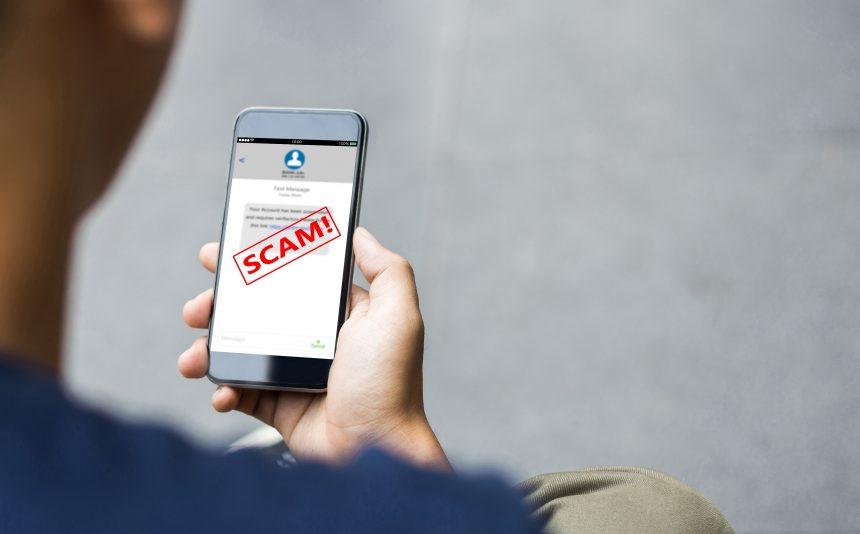Phishing scams are deceptive schemes designed to trick individuals into divulging sensitive information, such as login credentials or financial details, by masquerading as legitimate communications. These scams often come in the form of emails, text messages, or fake websites, and typically aim to exploit trust by mimicking trusted organizations or entities.
The primary purpose of these scams is to gain unauthorized access to personal or financial information, which can then be used for fraudulent activities. Phishing attacks can infiltrate systems in various ways, including through malicious attachments, deceptive links, or compromised websites. Once a system is infected, the scam can lead to severe consequences, including identity theft, financial loss, and unauthorized access to sensitive data.
The CrowdStrike Phishing Scam
Recently, a phishing scam posing as CrowdStrike—a renowned cybersecurity firm—has been reported. This particular scam aims to exploit users’ trust in a well-known cybersecurity brand to deceive them into divulging personal information or installing malicious software.
Nature of the Scam
The phishing email associated with this scam typically originates from a deceptive email address that resembles legitimate CrowdStrike communications. An example of such an email address could be something like “support@crowdstrike-notify.com,” which is designed to mimic genuine CrowdStrike addresses but contains subtle differences that are easy to overlook.
Email Content and Instructions
The phishing email may claim to be a security alert or a necessary update related to your CrowdStrike account. The message often includes instructions to click on a link or download an attachment. The link usually leads to a fake website that looks like the official CrowdStrike login page or security portal. If you enter your login credentials on this fake site, they are captured by the scammers.
Additionally, the email might contain urgent language suggesting that immediate action is required to secure your account or address a security issue. This sense of urgency is designed to pressure recipients into acting quickly without verifying the legitimacy of the request.
Purpose of the Scam
The primary objective of this phishing scam is to harvest sensitive information from users who believe they are interacting with a trusted cybersecurity provider. By obtaining login credentials or other personal data, scammers can gain unauthorized access to various accounts or systems, leading to potential financial and identity theft.
Common Encounters
Users may encounter such scams through various means, including:
- Spam Emails: Unsolicited emails from addresses that mimic legitimate organizations.
- Social Engineering: Personalized messages that exploit current events or known issues.
- Malicious Links: Embedded links in emails or messages that lead to phishing websites.
Similar Threats
Users should be aware of other similar phishing threats, such as:
- Fake IT Support Scams: Pretending to be from IT support, these scams often claim there are issues with your device or account.
- Banking Scams: Emails or messages that appear to come from your bank, asking for verification or login details.
- Social Media Scams: Phishing attempts that come through social media platforms, often using fake friend requests or messages.
Comprehensive Removal Guide
If you have fallen victim to the CrowdStrike phishing scam or suspect that malware has been installed on your system, follow these detailed steps to remove it:
- Disconnect from the Internet: To prevent further data transmission, disconnect your device from the internet by disabling Wi-Fi or unplugging the Ethernet cable.
- Run a Full System Scan:
- For Windows:
- Open Windows Defender or your preferred antivirus software.
- Update the antivirus definitions.
- Run a full system scan and allow the software to remove any detected threats.
- For macOS:
- Open your antivirus software.
- Update the definitions.
- Perform a full system scan and follow the instructions to remove any malware.
- For Windows:
- Check for Suspicious Programs:
- For Windows:
- Open Control Panel > Programs and Features.
- Look for any unfamiliar or recently installed programs. Uninstall them if they seem suspicious.
- For macOS:
- Open Finder > Applications.
- Review the list for unfamiliar applications and drag any suspicious items to the Trash.
- For Windows:
- Clear Browser Cache and Extensions:
- For Chrome:
- Open Chrome and go to Menu (three dots) > More Tools > Extensions.
- Remove any suspicious extensions.
- Go to Menu > More Tools > Clear Browsing Data. Select all time and clear data.
- For Firefox:
- Open Firefox and go to Menu (three lines) > Add-ons.
- Remove suspicious extensions.
- Go to Menu > History > Clear Recent History. Select everything and clear data.
- For Chrome:
- Change Your Passwords: Use a trusted password manager to generate strong, unique passwords. Change the passwords for any accounts that may have been compromised.
- Enable Two-Factor Authentication (2FA): For any accounts that support it, enable 2FA to add an additional layer of security.
Preventative Measures
To avoid falling victim to phishing scams in the future:
- Verify Source Authenticity: Always check the sender’s email address and look for signs of phishing, such as poor grammar or urgent requests.
- Avoid Clicking on Links: Do not click on links or download attachments from unknown or unsolicited emails.
- Keep Software Updated: Ensure that your operating system and antivirus software are regularly updated.
- Educate Yourself: Stay informed about the latest phishing tactics and scams.
By following these steps and practicing vigilance, you can protect yourself from phishing scams and safeguard your personal and financial information.





